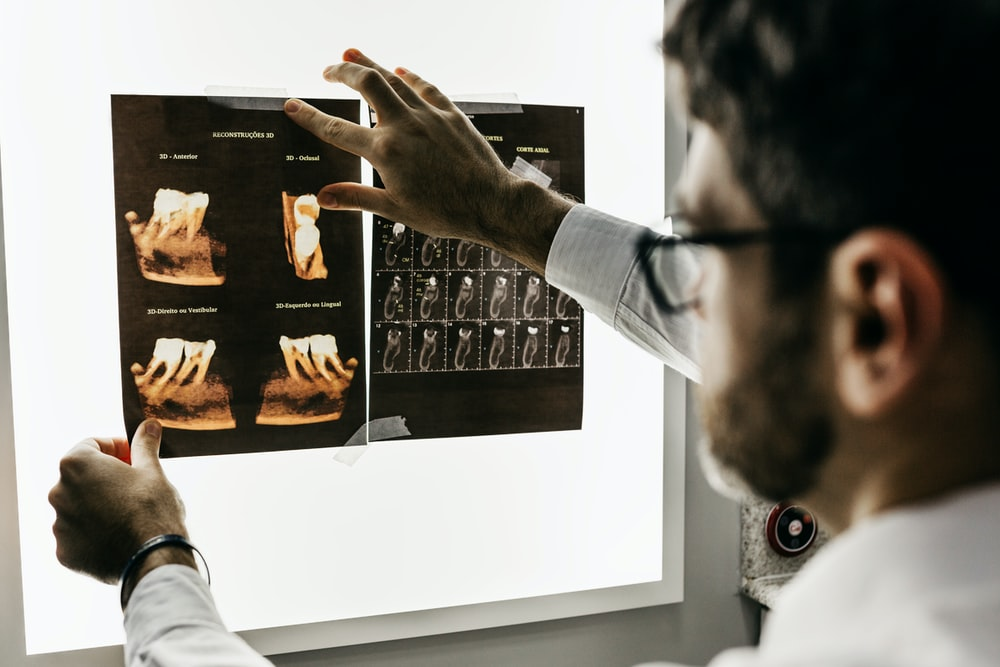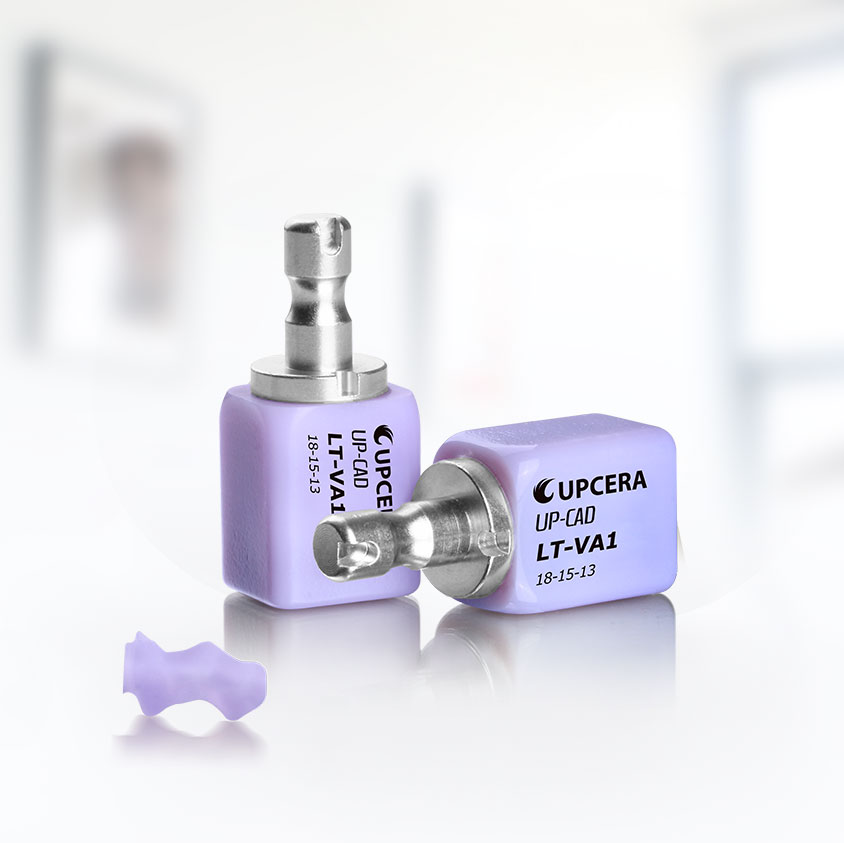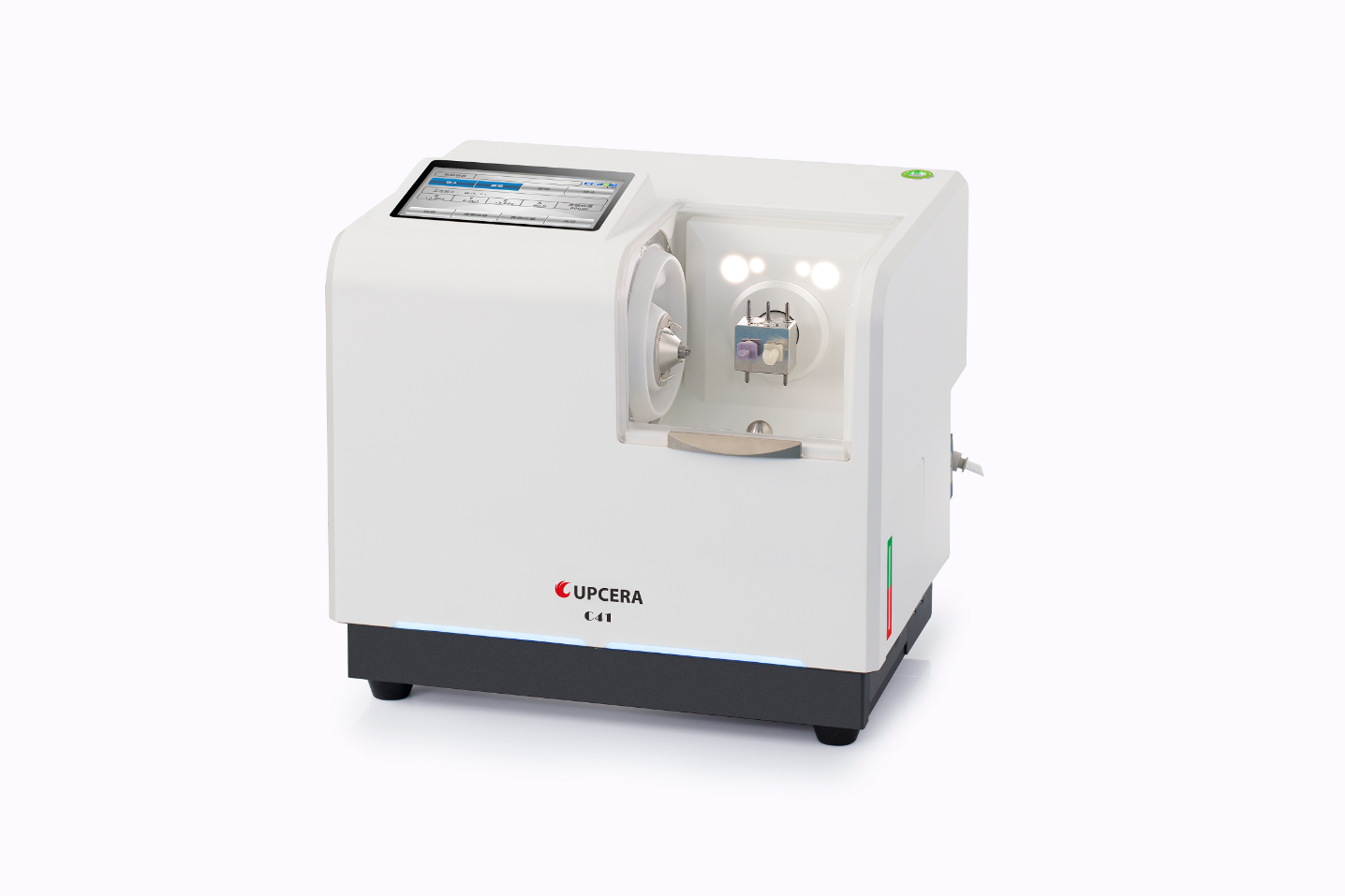Every single person has one fear in common – a broken tooth. The most common causes of broken teeth are cavities or tooth decay, injury, and repetitive trauma by dental issues such as bruxism and jaw misalignment. This unfortunate scenario can happen to anyone – even people with healthy, pearly white teeth are not excluded from this problem, which is sometimes caused by merely a hard piece of candy. There is one way to rescue you from the sadness of broken teeth: an aesthetic restoration.
There are many materials that can be used for teeth restoration, in which lithium disilicate glass-ceramic shows its numerous benefits.

Overview of lithium disilicate glass-ceramic for aesthetic restoration
Introduced in the 1990s, lithium disilicate glass-ceramic is used in dental medicine for its strength and translucency. Over the years, lithium disilicate glass-ceramic has become one of the most important materials in dentistry.
Today, this material is used for many purposes, ranging from thin veneers, veneers, and crowns to inlays, onlays, three-unit anterior bridges, three-unit premolar bridges, and implant restorations.

Benefits of glass-ceramic for aesthetic restoration
The benefits of the lithium disilicate glass-ceramic are numerous, and they explain why it's a highly sought-after material in dentistry for aesthetic restoration. Below, you can see the most common advantages of this material.
lHigh strength
Lithium disilicate glass-ceramic has high strength thanks to the microstructure that features randomly small and interlocking plate-like crystals. The strength of this material is in the range of 360 to 400 MPa. For comparison’s sake, the strength of ceramic material is 80 to 100 MPa, leucite glass-ceramic is 150 to 160 MPa, and about 100 MPa for veneered zirconia.
lHigh melting point
Lithium disilicate glass-ceramic also has a high melting point of about 1306K (1032°C or 1891°F). This is significant because a high melting point allows professionals to perform aesthetic dental restoration in two stages. The first stage involves preheating at 750-850°C for approximately two hours. The second stage includes hot pressing at 920°C.
lHigh edge adhesion
Thanks to high-edge adhesion, lithium disilicate glass-ceramic is a durable material in dentistry. In one study, out of 235 treated elements, only one monolithic restoration fractured after three years. The study focused on the use of this specific material for full crown bonding to feather-edge tooth preparations. Not only the adhesiveness was high to make the crowns sturdy and stable, but aesthetic results were optimal too.
lGreat transparency
Transparency is important because it influences the material’s masking ability, degree of light-curing through the materials, and the color-blending effect. Thanks to great transparency, lithium disilicate glass-ceramic ensures a natural appearance and optimal results in aesthetic restoration in dentistry.
How to produce a dental restoration with glass-ceramic by CAD/CAM technology?
The best and easiest way to do dental restoration is with CAD/CAM technology. This technology is used in dental medicine to fabricate all shapes and sizes for dental restoration. Below, you can see how it is done step by step:
lTake a dental model: Everything begins with the tooth preparation to take a dental model using the latest technology to ensure precise scan with minimum discomfort.
lDesign and produce the restoration: Based on the dental model, the professional proceeds to design the restoration for the most natural results and then produces veneers, crows, etc.
lScan the dental model with restoration: This step is to ensure the greater accuracy of the restoration.
lRedesign: Redesigning as a patient-centric approach is necessary to make sure that the newly designed element fits the patient perfectly.
lClad metal powder: This step is to form a metal restoration based on the scanned model and designed restoration.
lMill the glass-ceramic to match the shape of metal restoration: It involves the use of a dental milling machine to cut crowns, bridges, and other elements. The greatest advantage of a dental milling machine is that it reduces the risk of human error. Plus, it’s automated, fast, and comes with a wide range of applications that lead to optimal results.
lConnect the metal restoration and milled glass-ceramic: The complete restoration is gained in this process which can be used for fixing the patient’s teeth.

Upcera’s UP.CAD glass-ceramic and C41 milling machine
Upcera’s glass-ceramic and dental milling machines are among the most reliable products of their kind on the market.
The UP.CAD glass-ceramic is a lithium disilicate glass-ceramic block. What makes it the best on the market is its durability, stability, and high precision. The UP.CAD with durability and strength is perfect for a complete anatomical restoration. It is particularly useful for the restoration of veneers, inlays, onlays, partial crowns, posterior crowns, anterior crowns, etc.
Also, the C41 dental milling machine is 4-axis wet milling machine for chairside use. This simple and elegant machine has very high stability. In addition to the compact design, the machine features a built-in automatic circulating water system that allows it to work continuously for 24 hours.
Conclusion
Upcera provides much-needed solutions that can revolutionize dentistry. Our glass-ceramic and dental milling machine are among the most reliable on the market. To take the advantage of the beneficial lithium disilicate glass-ceramic for aesthetic restoration, please don’t hesitate to contact us for any queries.
